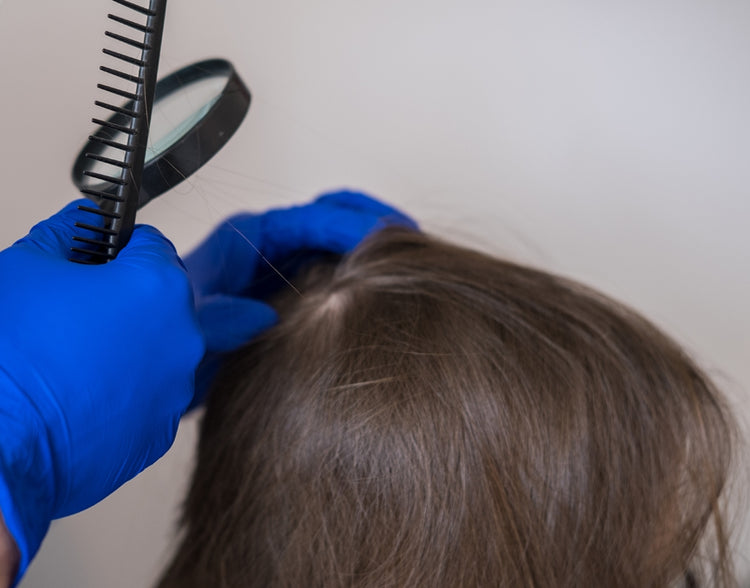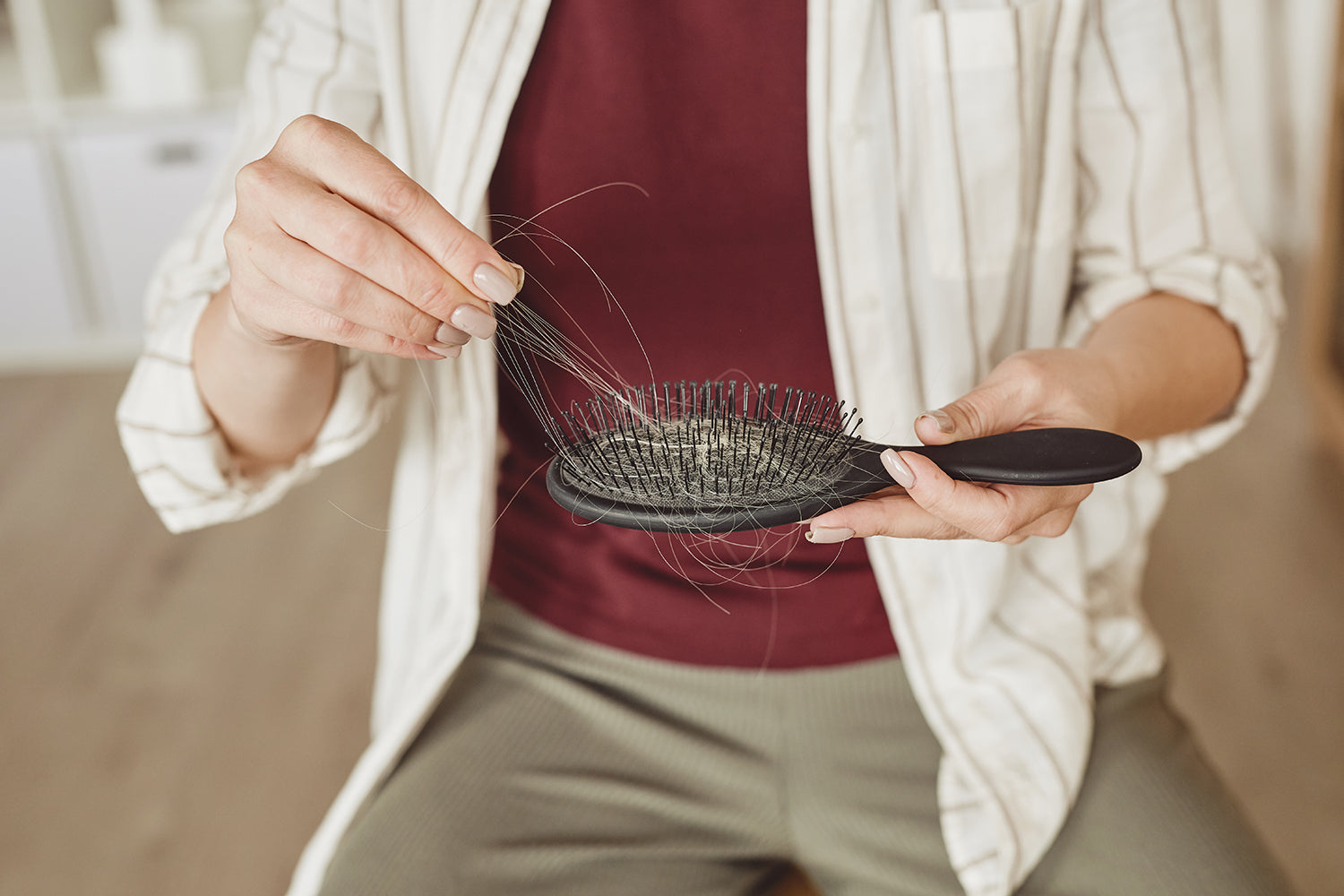
Female Pattern Baldness
About one in three women experience hair loss at some time in their lives and is particularly
prevalent after the menopause, with as many as two in three women suffering from hair thinning or bald spots.
Female pattern hair loss will begin by a thinning to the front and crown area of the scalp. Partings will appear wider and the scalp will seem more noticeable from the front and top of the head.
Hair loss in women often has a far greater emotional impact than hair loss in men and can severely affect a woman’s feelings of well-being and quality of life.
A qualified trichologist uses a system called the Ludwig Scale to identify the type and extent of hair loss in women. Developed in 1977, the system is used to determine the amount of hair loss so far, estimate how much hair will be lost in the future and help determine the best treatment for you.
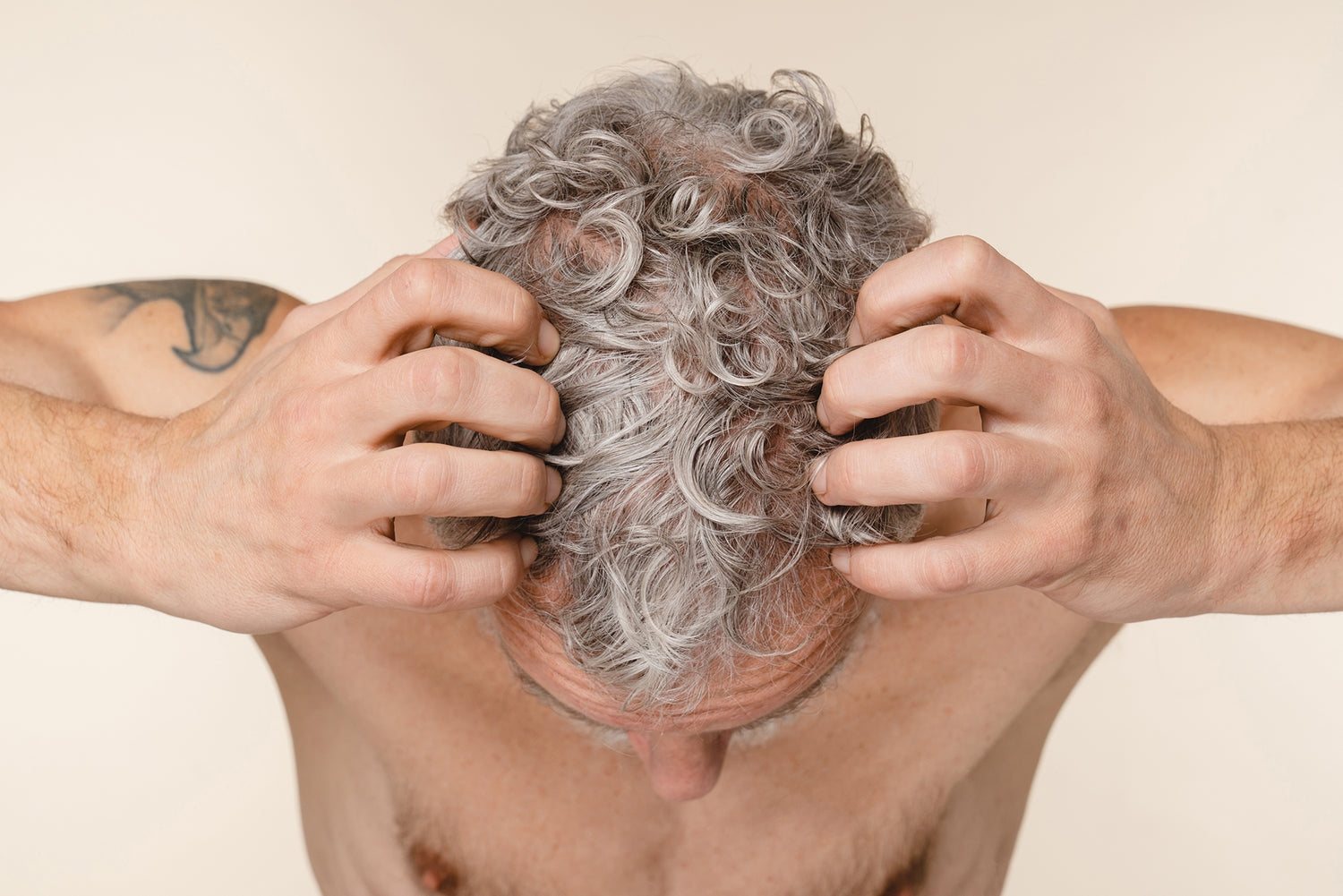
Male Pattern Baldness
Male pattern baldness is one of the most common types of hair loss that develops in most men at some stage of their life, with 20% of men experiencing some hair loss by age twenty, 30% experiencing hair loss by thirty and so on. The condition is sometimes called androgenetic alopecia and it usually takes 15-25 years to go bald. However, some men will go bald in fewer than five years.
Male pattern hair loss can begin one of two ways; it either starts with a recession at the temples, or a thinning to the crown of the head, where hair can thin over a large area without a specific change in hairline. In some cases this can be followed by further gradual thinning, followed by a complete expose of the scalp on the top.
A qualified trichologist uses a system called the ‘Hamilton-Norwood Scale’ to assess the extent of hair loss, which is the leading classification system used to measure the extent of male pattern baldness. Men generally lose their hair in one of several common patterns and the Norwood Scale provides easy to reference images that show the different stages of balding. This then allows us to offer a treatment plan to meet your individual needs and monitor to assess how effective the treatment is for you.
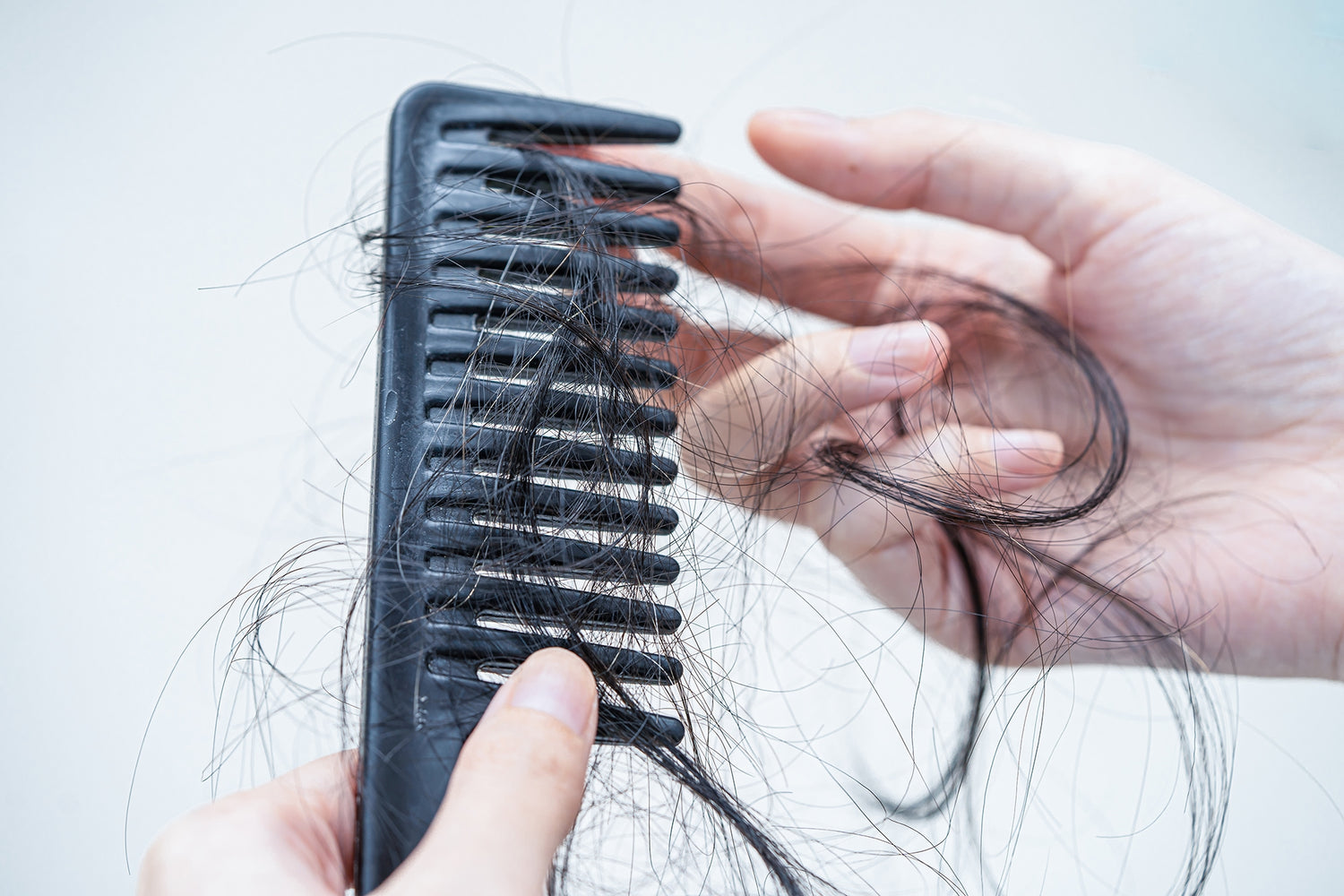
Hair Shedding
Acute Telogen Effluvium is a form of hair loss and is a condition which causes sudden excess hair shedding throughout the scalp. You will probably notice a large amount of hair in your brush or comb, particularly after your hair has been washed.
When a qualified trichologist examines the scalp, many hairs may come away during the examination but there will be many short re-growing tapered hairs of a similar length throughout the scalp, the length is dependant on the duration of the condition.
If hair shedding lasts longer than nine months it is called Chronic Telogen Effluvium. It often starts with sudden shedding due to trauma, but there can sometimes be a gradual onset, which seems to have no specific cause.
Hair will shed relentlessly and can fluctuate in the amount of loss. Hair loses its thickness, particularly to the longer lengths, and there will be thinning to partings. Hair re-growth can still be present with this condition but at differing lengths and, because the overall growing length is shortened, it will seem like your hair is not growing at all.
Treatment for Telogen Effluvium depends on what triggered the hair loss in the first place. We will look at things such as your age, metabolism, general health and diet to understand the reasons behind your hair loss. Once the trigger has been established, a treatment plan to meet your individual needs can be established and the hair cycle should normalise and the hair begin to grow back.
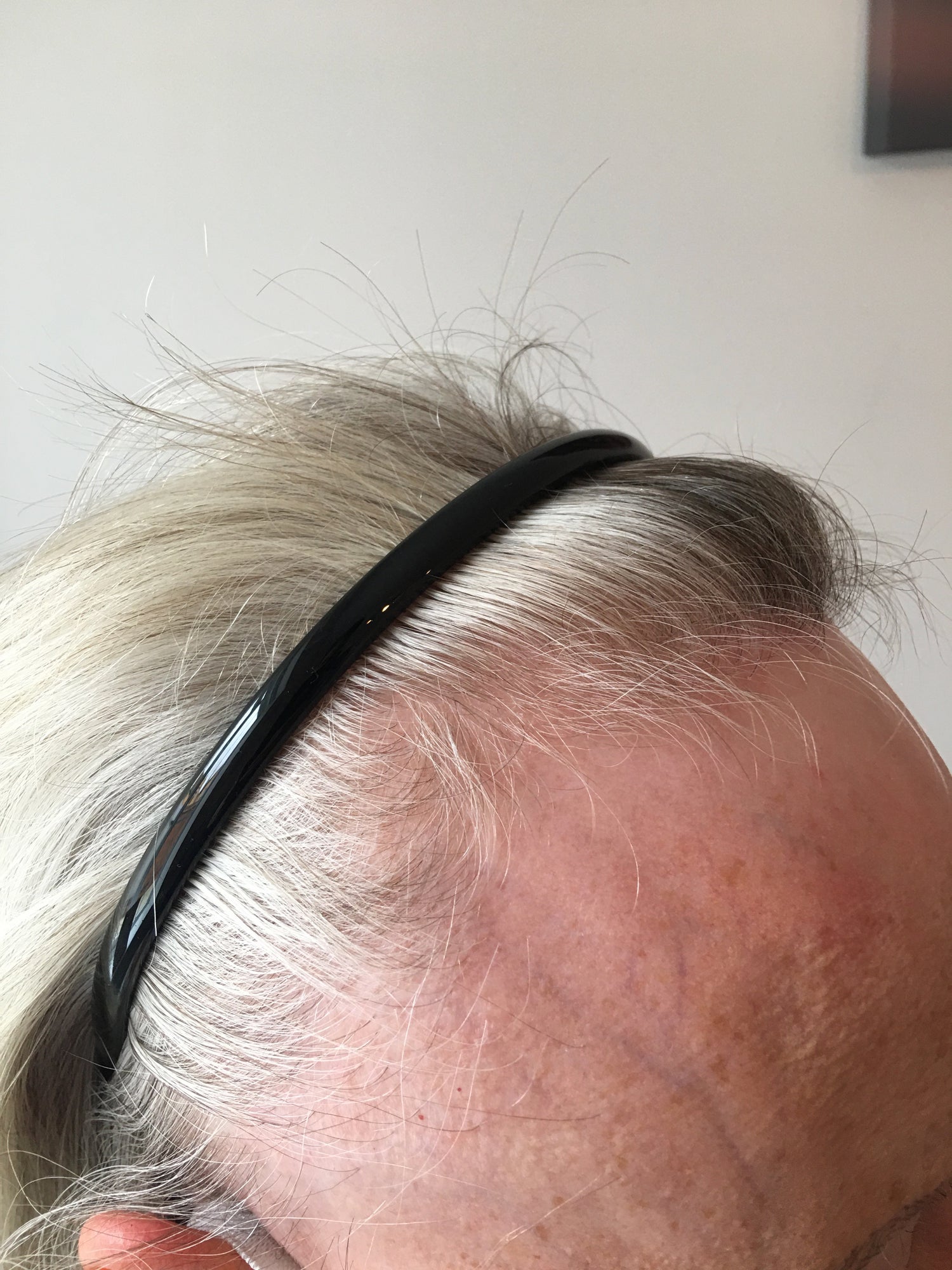
Scarring Alopecia
Scarring Alopecia is a condition where hair follicles are replaced with scar tissue and hair can no longer grow. Although it is referred to as a ‘scarring’ condition, the scars are actually below the surface of the skin and are not visible. This condition can be caused by an autoimmune disease which affects the hair follicles, by some physical injury, such as a cut or burn or they may have been damaged by a specific infection.
Discoid lupus erythematosus (DLE), Systemic lupus erythematosus (SLE), Folliculitis decalvans, Lichen planus (Lichen planpilaris), Frontal fibrosing alopecia, Morphea (circumscribed sceroderma) and Pseudopelade of Brocq are just some of the names of common autoimmune diseases, which can cause this type of hair loss.
These diseases can come on gradually, without any obvious symptoms, which means the condition can go on unnoticed and only when your hair begins to shed will it become obvious to you.
The treatment for Scarring Alopecia depends on its severity and specific cause.
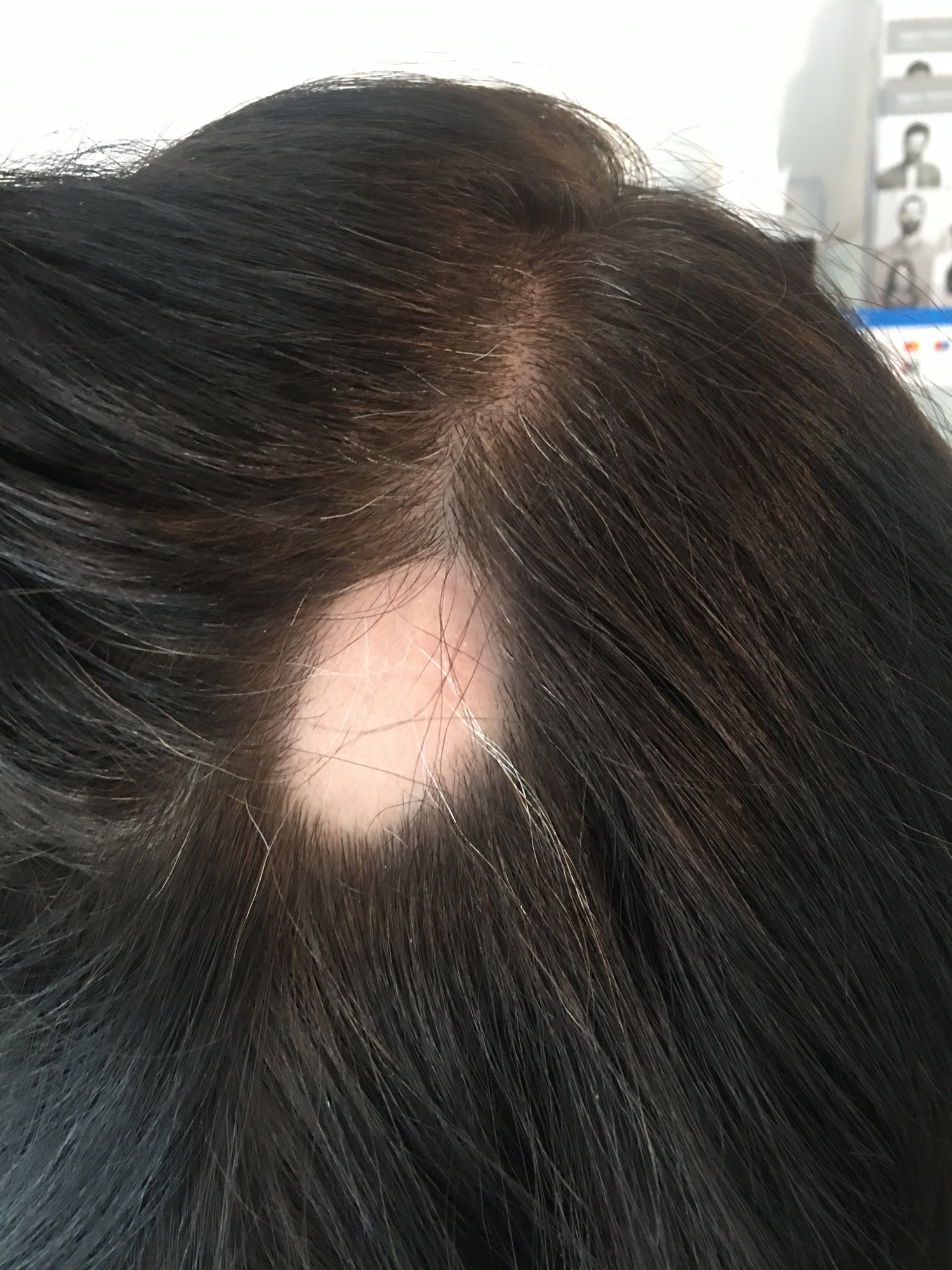
Patchy Alopecia
Alopecia Areata, also known as spot baldness, is a condition where hair is lost from some or all areas of the body. Hair loss to only the nape and/or front and sides of the scalp is referred to as Ophiasic Areata and is a marginal presentation of Alopecia Areata.
Alopecia Areata is often one of the most drastic types of hair loss as it typically presents itself as a number of completely bald patches on the scalp, each about the size of a coin, which can merge together to create larger areas of baldness. Hair can re-grow from these areas but tends to be very fine, often with white hair growing from the centre of the patch.
If the condition worsens and hair loss covers the entire scalp, it is referred to as Alopecia Totalis. If the whole body is affected, it is called Alopecia Universalis.
The treatment for Alopecia Areata depends on its severity and specific cause.
